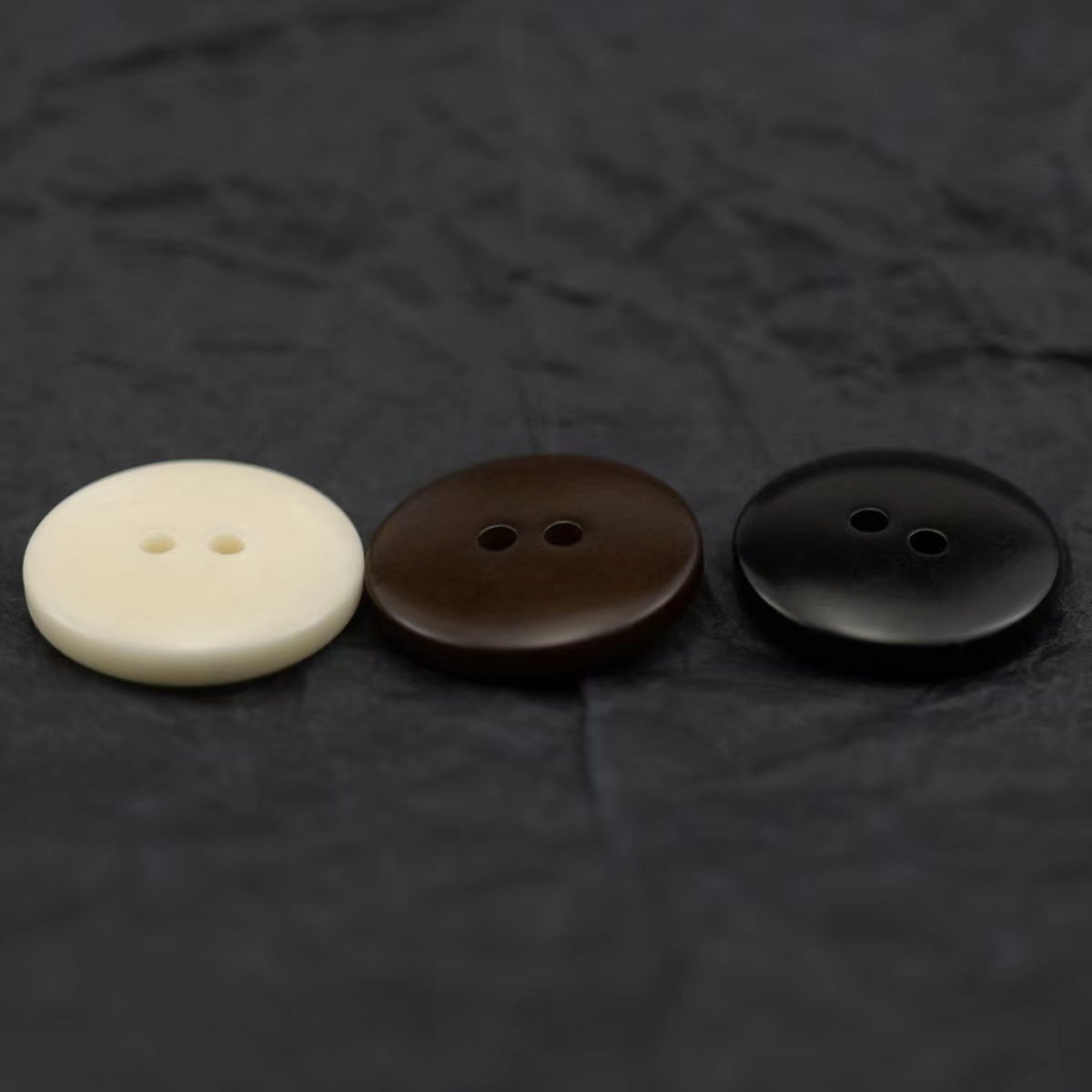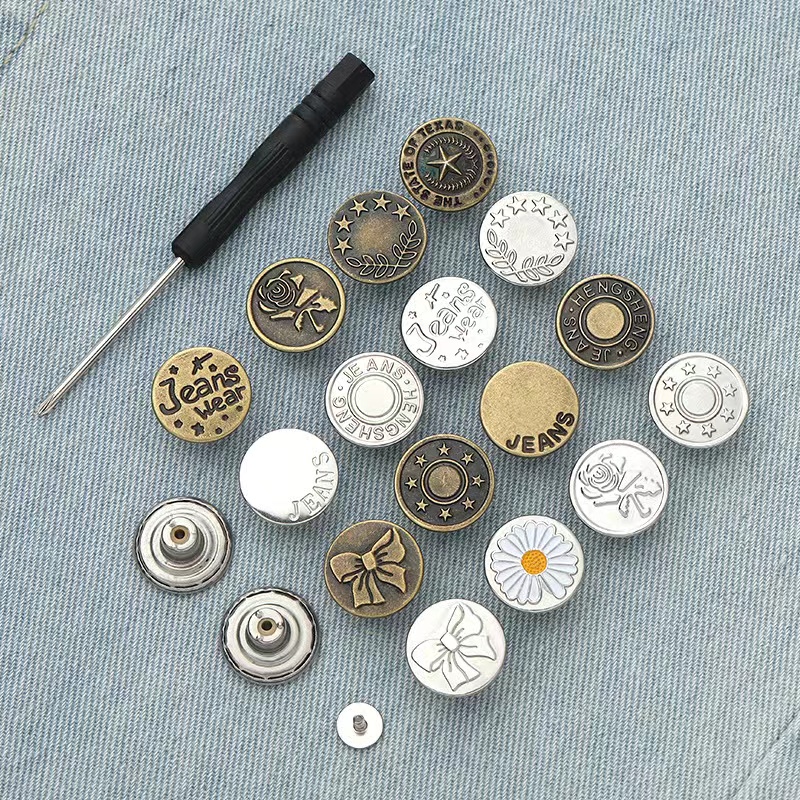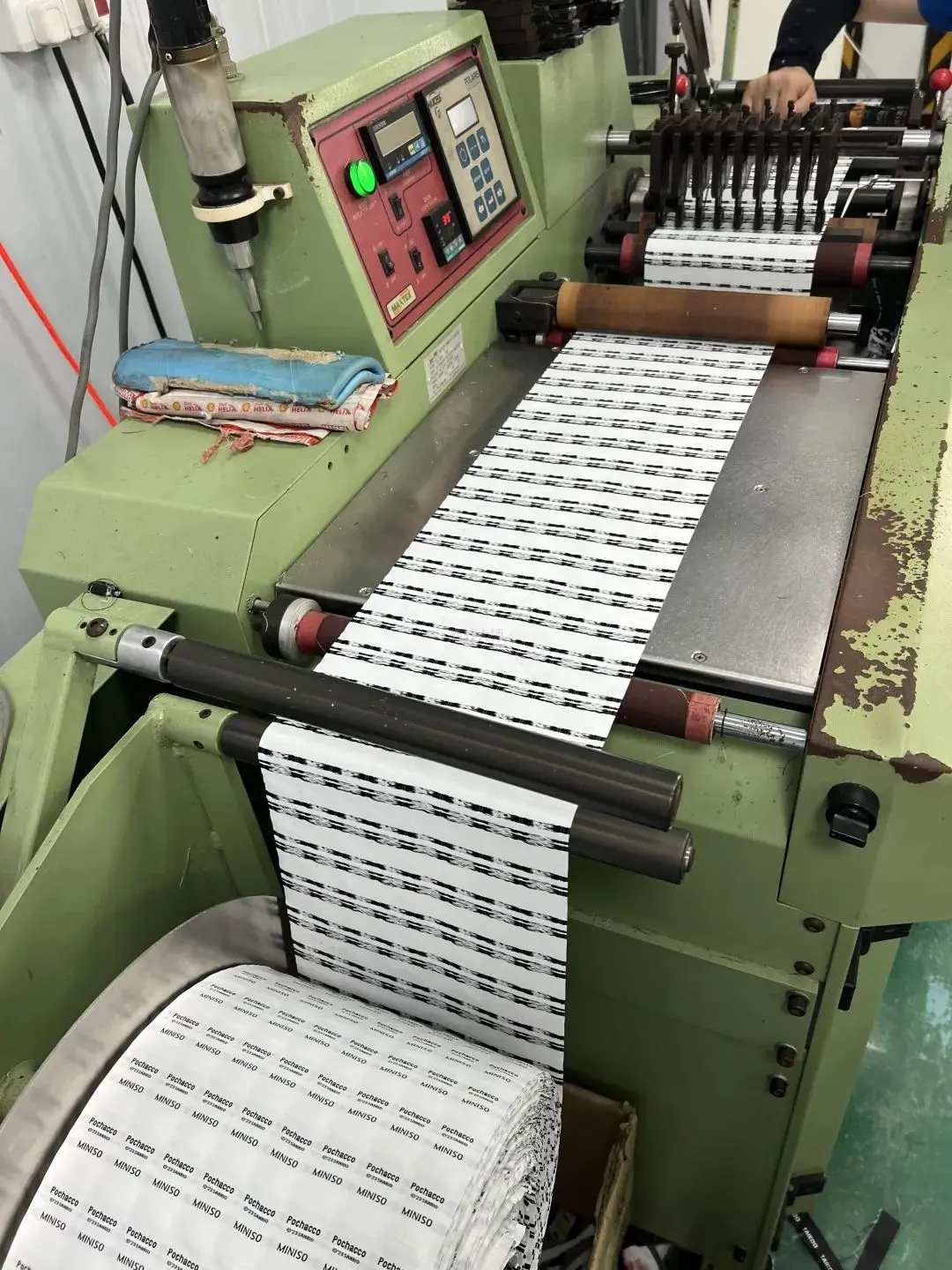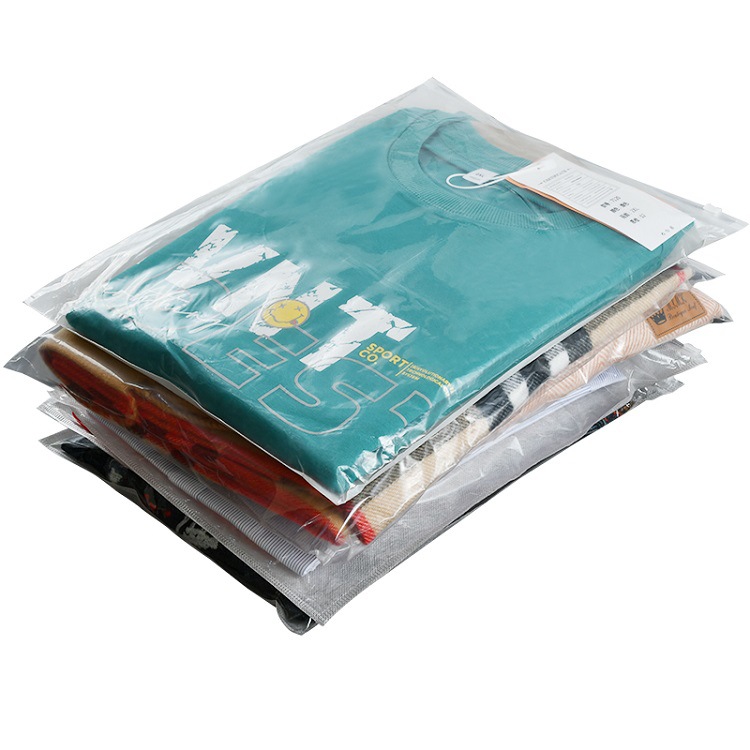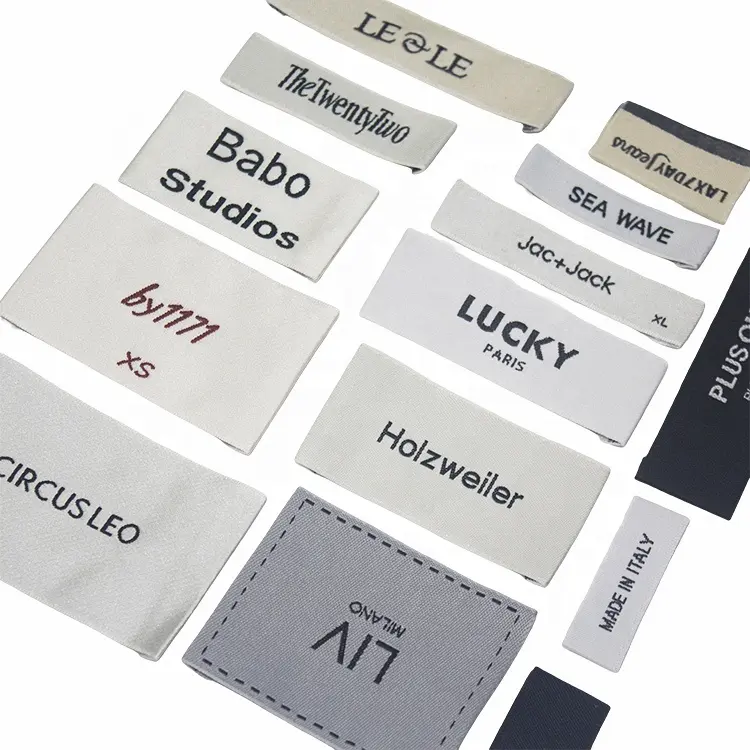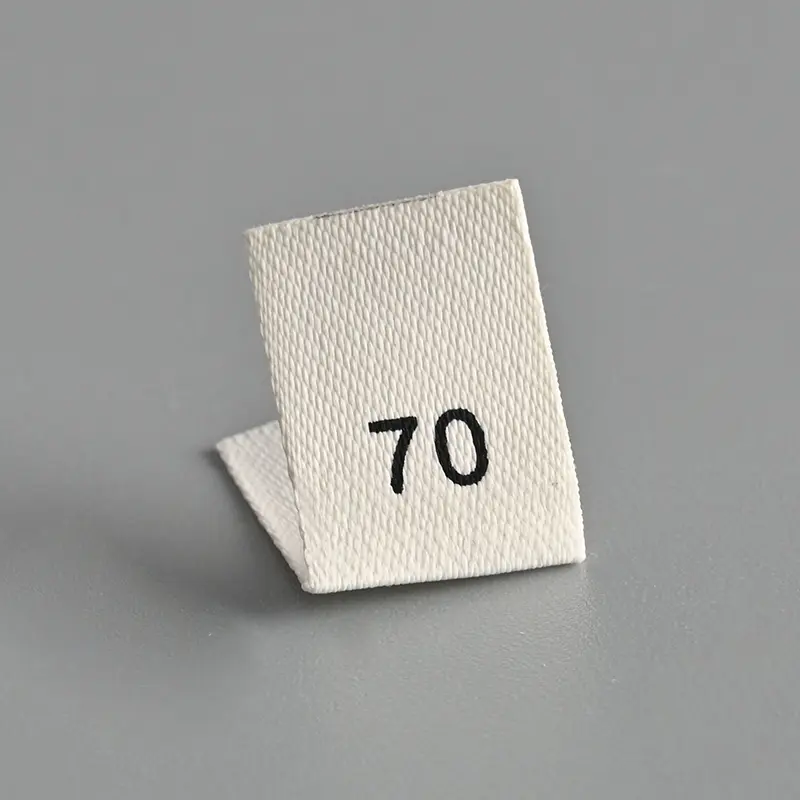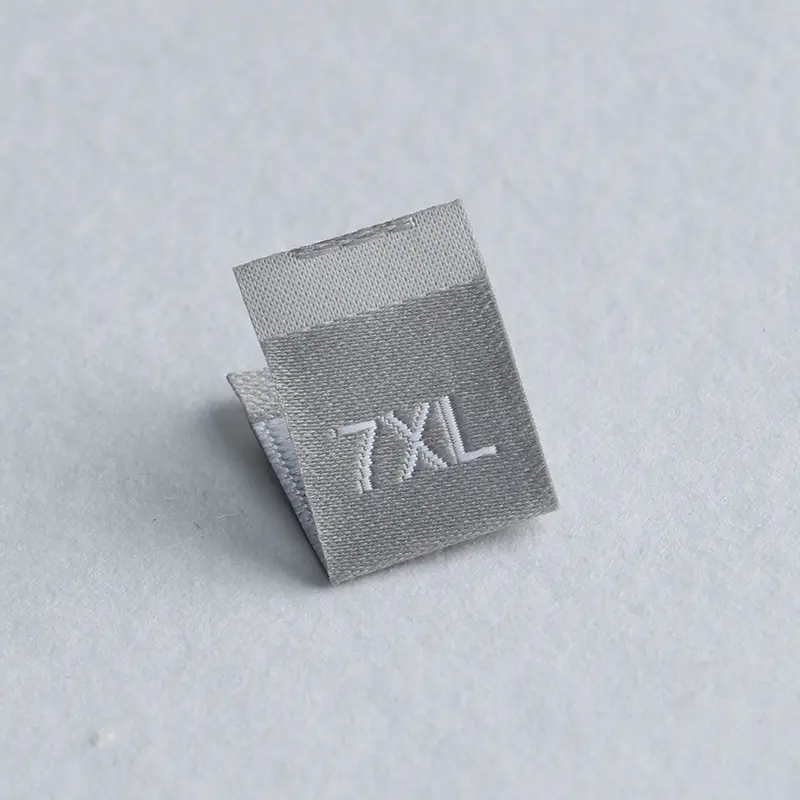Flocking Fabric: Advantages & Disadvantages
What is Flocking Fabric?
Flocking fabric refers to material where nylon or viscose fibers are applied to the surface of various base fabrics and then processed through drying, washing, and other treatments.
This type of fabric features a rich texture, soft feel, vibrant colors, unique style, excellent warmth, and a luxurious, fashionable appearance that is highly popular with consumers.
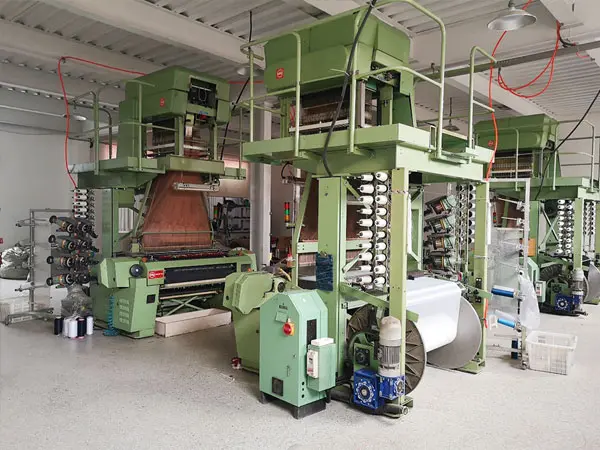
Advantages of Flocking Fabric
Stain-resistant
Nylon material naturally offers stain resistance. Flocking fabric has excellent stain resistance — stains such as ink, pencil marks, or grease can be easily wiped off with a damp cloth and soap.
Water-resistant
The nylon fibers themselves are water-resistant. With additional waterproof treatment, flocking fabric performs better than cotton decorative fabrics.
Anti-static
Most flocking fabrics have good anti-static properties.
Low shedding
High-quality flocking fabrics do not shed fibers. Genuine products do not shed when touched or rubbed.
Soft touch
The fabric is soft and delicate, with a touch as comfortable as swan feathers. It provides warmth in winter and coolness in summer.
Rich colors
Flocking dyeing techniques are flexible, enabling a wide range of bright colors and patterns.
Disadvantages of Flocking Fabric
Inconsistent touch stability
Wool-based flocking tends to shed fibers, especially after repeated washing.
Prone to static and dust attraction
Polyester flocking fabric has poor moisture absorption, making it feel stuffy, prone to static electricity, and easily attracting dust.
Price Reference for Flocking Fabric
Flocking fabric prices vary depending on pattern, material, and width:
Wide flocking fabric: typically under USD 20 per meter
Narrow flocking fabric: typically around USD 12 per meter
It is widely used for making sofas, cushions, women's winter suits, skirts, children's clothing, and more.
Applications of Flocking Fabric
Flocking can be applied to nearly all product surfaces, regardless of shape or size, including:
1. Base materials: paper, fabric, nonwoven fabric, artificial leather, plastic, glass, metal, rubber, wood, sponge, gypsum board, particleboard, foam, ceramic, resin, etc.
2. Furniture: flocked sofas, upholstered sofas, curtains, etc.
3. Handicrafts: toys, handicrafts, photo frame backboards, gifts, decorative paintings, artificial flowers, decorative lanterns, etc.
4. Packaging industry: jewelry boxes, wine boxes, eyeglass cases, marriage certificate covers, hangers, premium document covers, wine bottles, bags, stickers, and more.
Flocking Fabric Printing Process
Printing is a complex process that involves chemical agents, high-temperature steaming, reducing washes, etc., and requires the fabric to withstand the process without damage.
a. Printing methods: Direct printing is preferred. Discharge printing is more complex and costly. Flat screen or rotary screen printing machines are commonly used.
b. Dye selection:
1. Viscose flocking printing mainly uses direct dyes and reactive dyes.
2. Direct dyes are easy to use and offer a wide color range but have lower colorfastness.
3. Reactive dyes provide better colorfastness but are more expensive and suitable for limited applications.
China LIJIE provides wholesale and custom clothing labels — welcome to purchase.
Email:royis@clothinglabelscustom.com
More:t-shirt hang tags | custom sew-on buttons | satin fabric labels | care label supplier | iron-on sewing labels | cheap hang tags | clothes zip bags | luxury hang tags | clothing neck tags | garment label manufacturer























